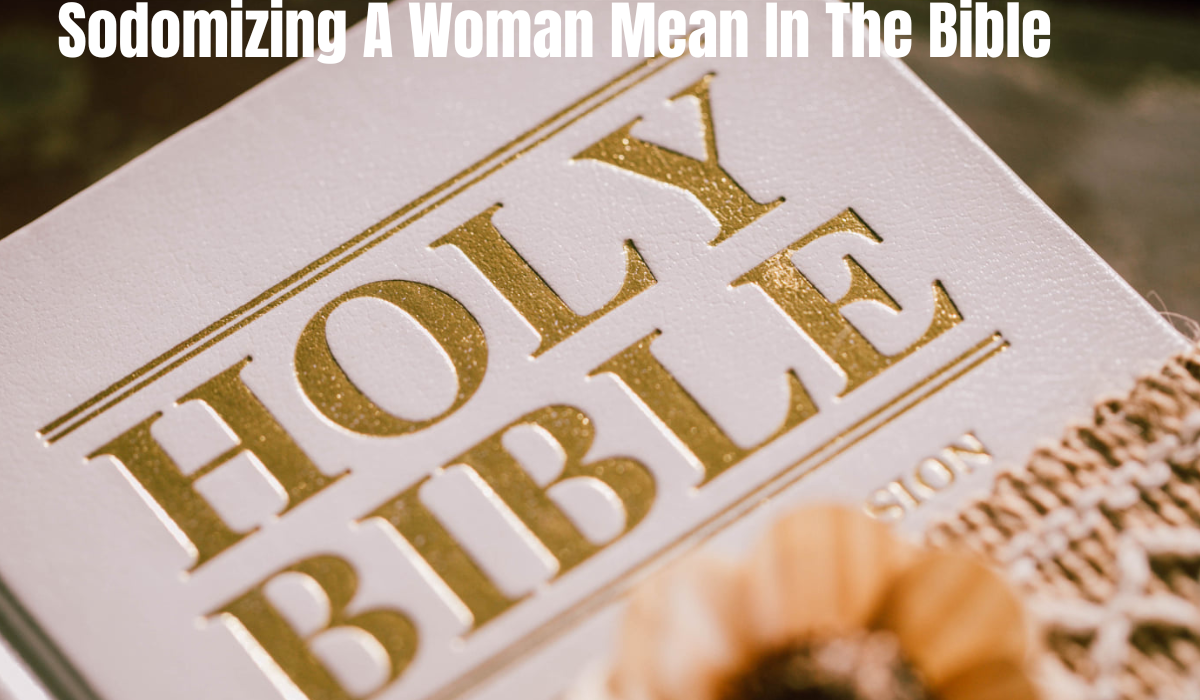Reading the Bible is a deeply personal journey, and many of us want tools to help us dive deeper into Scripture. You might have come across terms like “indexed Bible” or “thumb-indexed Bible” when looking for a new Bible, but what do they mean? In this article, we’ll walk through the concept of indexed Bibles, what makes them unique, and how they can enhance your Bible reading experience. If you’re wondering whether to get one or how to use it, we’ve got you covered.
What Is an Indexed Bible?
An indexed Bible refers to a Bible that has built-in markers to make navigation easier. These markers are often small tabs or cutouts along the edge of the pages, corresponding to the different books of the Bible. They allow you to quickly find any book without needing to flip through all the pages manually.
But what does it mean when a Bible is thumb-indexed? A thumb-indexed Bible includes small, semicircular notches along the edge of the Bible’s pages, often labeled with the names of Bible books or their abbreviations. This feature allows users to slide a finger into the notches, giving quick access to any section with minimal effort.
Indexed Bibles aren’t just for beginners—they also benefit seasoned readers, pastors, and teachers who want faster access to various texts. But how do these compare to other indexing methods? Let’s dive deeper.
What’s the Difference Between Indexed and Thumb-Indexed?
While the terms “indexed” and “thumb-indexed” are sometimes used interchangeably, there’s a subtle difference.
- Indexed Bible: A broader category that includes any type of Bible with organizational aids such as tabs, markers, or color-coded edges.
- Thumb-Indexed Bible: A specific type of indexed Bible where small notches are cut along the side, allowing you to slide your thumb directly to the desired section.
So, while all thumb-indexed Bibles are indexed, not every indexed Bible has thumb notches. Some versions use external tabs or color blocks on the page edges instead.
How Do You Index Your Bible?
If your Bible isn’t already indexed, you can still organize it yourself. Here are a few ways to do that:
- Stick-on Tabs: These are widely available and easy to apply. Simply peel and attach them to the pages of your Bible. Many readers like to color-code their tabs for better clarity.
- Book Markers: Some people prefer ribbon bookmarks that can be sewn or glued into the binding.
- Topical Indexing: Creating your own topical index in a Bible is another great way to enhance personal study. You can use sticky notes or a notebook to group verses by topic—like forgiveness, faith, or healing.
These DIY methods can be time-consuming, but many readers find the process spiritually enriching, as it helps familiarize them with Scripture.
What Is a Topical Index in a Bible?
A topical index organizes Scriptures based on themes or topics instead of their traditional book-order structure. For example, if you wanted to study what the Bible says about “faith,” a topical index would list all relevant verses across the Old and New Testaments under that theme.
Bibles with topical indexes are helpful when you want to focus on a specific area of study, like love, wisdom, or prayer, without needing to hunt through different books for related passages. This feature makes them popular with those who engage in devotional reading or thematic Bible studies.
Should I Get a Thumb-Indexed Bible?
The answer to whether you should get a thumb-indexed Bible depends on how you plan to use it.
- If you’re new to the Bible: Thumb indexing can be a fantastic way to navigate quickly, especially when trying to familiarize yourself with the many books and sections.
- For pastors or teachers: A thumb-indexed Bible makes it easier to switch between books during sermons or lessons.
- If you enjoy devotional reading: The convenience of quickly finding specific sections may enhance your daily quiet time.
However, some readers prefer Bibles without tabs or indexing to encourage a more deliberate reading process, as searching for books organically deepens familiarity with Scripture.
Pros and Cons of Using an Indexed Bible
Pros:
- Faster Navigation: Quickly flip to any book or section.
- Great for Beginners: Helps new readers feel more comfortable exploring Scripture.
- Organizational Aid: Makes Bible study sessions more efficient.
Cons:
- Aesthetic Concerns: Some readers feel that thumb notches or tabs break the visual flow of the Bible.
- Page Durability: Tabs can occasionally cause wear and tear on delicate pages.
- Limited Margin Space: Some indexed Bibles have smaller margins, reducing room for personal notes.
Thumb-Indexed Bible or Topical Index Bible? Which One Should You Choose?
Choosing between a thumb-indexed Bible and a topical index Bible depends on your needs. If you want to quickly access specific books during church services or group studies, a thumb-indexed Bible is the way to go. On the other hand, if your primary focus is on studying Scripture by themes, a topical index Bible offers an excellent way to explore related passages comprehensively.
Many people enjoy using both: a thumb-indexed Bible for easy reference during worship and a topical index Bible for in-depth study sessions at home.
Our Final Recommendation: Find the Bible That Best Fits Your Journey
At the end of the day, whether you opt for a thumb-indexed Bible or a traditional version, the goal is to connect with God’s Word in a way that feels personal and meaningful. There is no right or wrong way to approach Bible reading—what matters is finding the tools that suit your journey. For some, a thumb-indexed Bible offers helpful convenience, while others may find joy in manually flipping through the pages.
If you’re looking for more insights on Bible tools and tips, check out our website at whatbiblesaying.com. Explore different Bible reading methods, learn about study tools, and discover more ways to enrich your spiritual practice.
As you reflect on which Bible edition suits your needs, remember that what matters most is the connection you build through Scripture. Whether it takes seconds or minutes to find a book, the message within remains the same.
In summary, a thumb-indexed Bible provides quick access with minimal effort, making it ideal for those who prefer fast navigation, while topical index Bibles offer the advantage of thematic study. You can even customize your Bible with tabs if you want to make it more personal. Take some time to consider which version feels right for you—and enjoy the journey of discovering God’s Word.
If you have further questions about indexed Bibles, be sure to explore more resources on our site, whatbiblesaying.com, where we dive deeper into practical tips for growing your relationship with Scripture. Happy reading.












